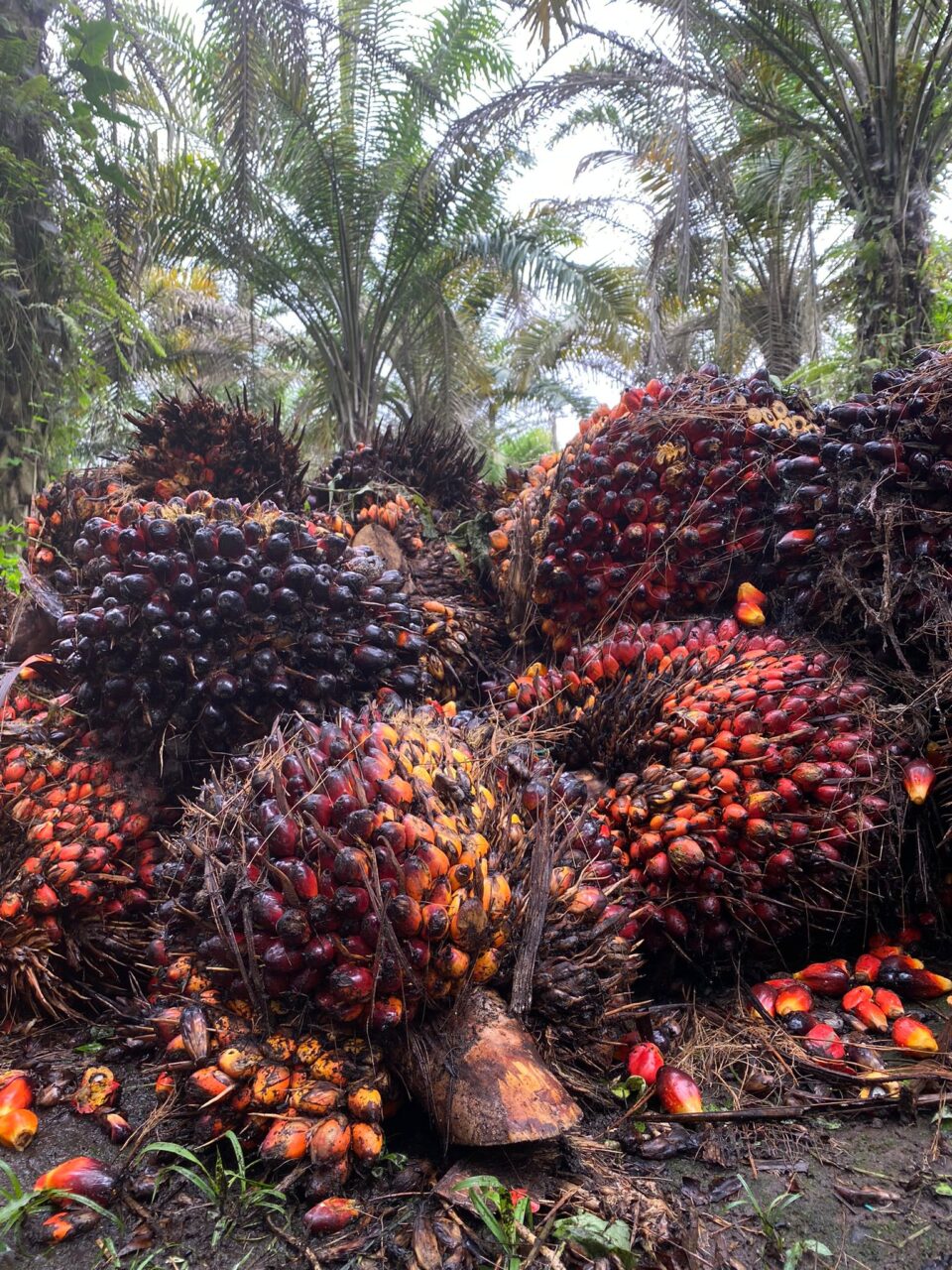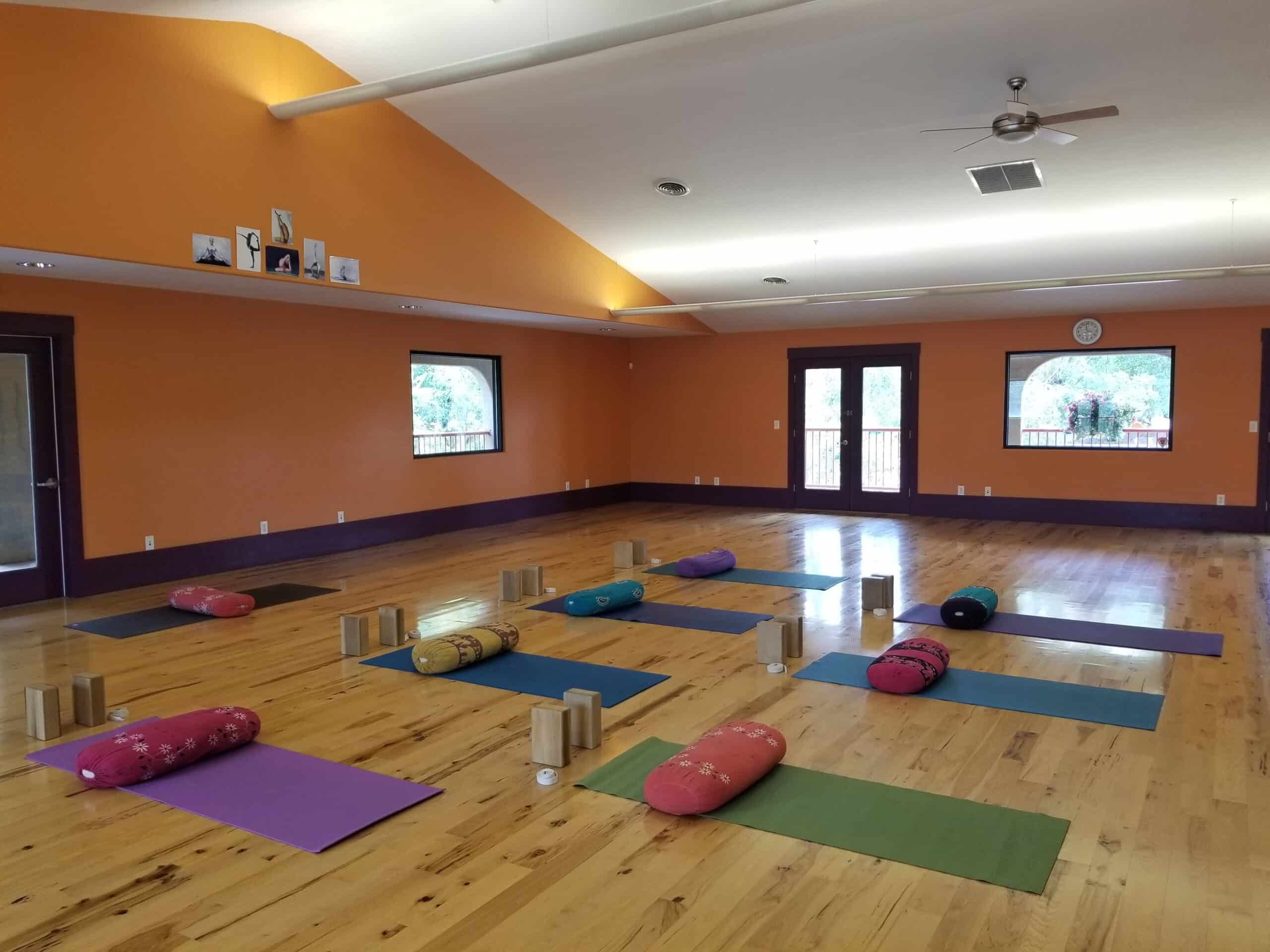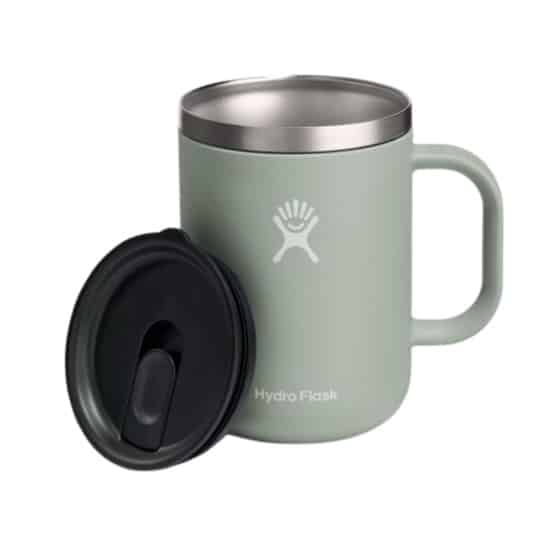There’s Palm Oil in My Personal Care Products? Learn Why + How to Make Smart Choices | By Monique van Wijnbergen
Palm oil is an invisible part of our lives as a functional ingredient in many household products that we use on a daily basis. There is palm oil in your personal care products, as well, because it mixes easily with other ingredients; it makes your products creamy and improves product stability and shelf life.
What is Palm Oil?
Palm oil is a superior ingredient for making good quality soaps, balms, creams, salves, lipsticks and many other personal care products. It has no scent or taste, produces a creamy texture, keeps products moist, binds ingredients together and extends shelf life.
Palm oil derives from the fruit of the oil palm that is grown in the humid tropics. Currently, 85% of all palm oil produced globally comes from plantations and smallholders in Indonesia and Malaysia.
Farmers and workers harvest fresh fruit bunches throughout the year and bring their fruit to an extractor where the palm fruit is processed into crude palm oil. The palm kernel is processed into palm kernel oil. Palm oil and palm kernel oil are further processed into ingredients for the personal care market.
Because crude oil is used as an essential building block for ingredients found in your products, you will not see palm oil listed as an ingredient on your product label.
Impact of Palm Oil
Oil palm is a very efficient oil crop with a high yield per hectare compared to, for example, coconut, olive, sunflower or soy oil crops that are also used to make personal care products. In its essence, palm oil is a sustainable crop. However, fast development of the sector, growing global demand and poor policy have led to large-scale deforestation, animal habitat loss and exploitation, thereby rendering conventional palm oil unsustainable.
Over the last 30 years, monoculture palm cultivation replaced natural diversity in many oil palm growing landscapes, with a direct negative impact on biodiversity and ecosystem health. The realization that things needed to change to protect people and nature led to new ways of thinking and kickstarted a collaboration to transition the sector to sustainable oil palm cultivation.
Almost 20% of global palm oil is now produced sustainably, according to the standard of the Roundtable on Sustainable Palm Oil (RSPO). Though it takes time to make the switch, some producers are leading the way, using organic, sustainable and ethical practices in their palm oil production. We can expect more companies to change to good practices when the demand for sustainable and regenerative organic ingredients increases.
Sustainability at a Cost
There is a difference between non-sustainable, sustainable and organic palm oil, and this difference comes at a cost. Due to organic practices used, more intensive cultivation work and lower average yields due to the eradication of chemical use, organic palm oil is more expensive than conventional palm oil. If we want our ingredients to be more environmentally and community-friendly, we must be prepared to pay more.
You can choose to avoid buying products made with non-sustainable, conflict palm oil. Yet, with more than 180 different names for palm-oil-based ingredients, it is difficult to know what to look for in your ingredient list, let alone, find out whether it comes from sustainable sources. You could contact your brand manufacturer but even they might not know the answer. Often, they do not know the source of the ingredients they buy.
Organic Cultivation
Eradicating chemical dependency in agriculture and growing crops in unison with nature is crucial to protect biodiversity and ecosystem health. To date, the amount of organic palm oil-based ingredients in cosmetics and personal care products is still very low. Yet, demand is growing.
Palm Done Right is a platform designed to change the conversation around palm oil and to raise awareness of the importance of switching to organic, sustainable and ethical palm oil. Dr. Bronner’s, Grove Collaborative and Oregon Soap Company are among the brands using organic palm oil in their products
Unfortunately, there are still many brands out there that are slow in changing the way they source their palm oil-based ingredients. Some of them are members of the RSPO, yet they do not seem to be making big steps forward. Buying sustainably certified palm oil ingredients from known sources does not seem to be their priority.
Not knowing the production origins of your brands’ ingredients makes it hard to know whether your products are deforestation- and exploitation-free. There are good developments though, with joint initiatives set up to overcome the current challenges and ensure more of your brands transition to using clean ingredients.
To learn more about our campaign to support transparency in labeling, join us to encourage brands to #SayItOnTheWrapper.
 Monique van Wijnbergen is director of sustainability and corporate communications at Natural Habitats, a supplier of organic and fair-trade palm oil. She is also a spokesperson for Palm Done Right.
Monique van Wijnbergen is director of sustainability and corporate communications at Natural Habitats, a supplier of organic and fair-trade palm oil. She is also a spokesperson for Palm Done Right.
Paid partnership with YOGA + Life.
Savor every sip with your newest emotional-support Hydro Flask. Start your mornings with the utmost comfort as [...]

Subscribe to Our Tribe
Stay up to date with Y+L News, Events and special announcements.











